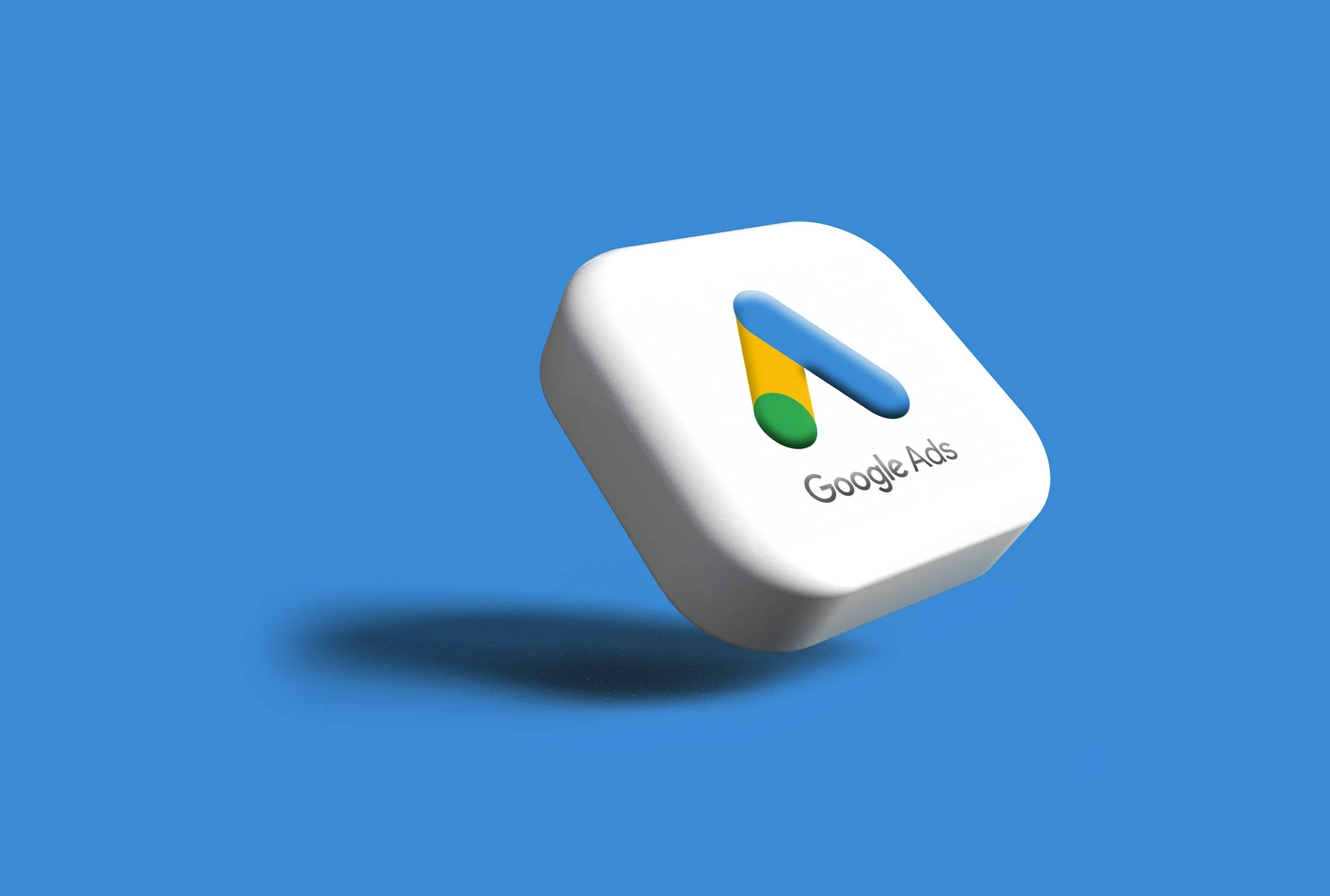Which is better: Klaviyo or Mailchimp?
Key Takeaways
Klaviyo is built for growth-focused e-commerce brands – with advanced automation, deep integrations, and powerful segmentation, it’s ideal for retailers who want to maximise customer data and drive measurable sales.
Mailchimp is best for beginners and small shops – its ease of use, free entry plan, and wide template library make it a simple, low-cost way to start email marketing without complexity.
Choose based on stage and ambition – Mailchimp suits early-stage businesses testing the waters, while Klaviyo is the natural step up when brands need sophisticated, revenue-driven campaigns.
Email marketing remains one of the most effective channels for e-commerce brands. It drives direct sales, nurtures customer relationships, and provides one of the highest ROIs of any digital marketing activity. But with so many platforms available, choosing the right tool can feel overwhelming.
Two of the most popular platforms are Klaviyo and Mailchimp. Both have built strong reputations in the marketing world, but their strengths, features, and pricing models differ significantly. For e-commerce specifically, the choice you make can have a direct impact on revenue, automation capabilities, and customer experience.
So, which platform is better for online retailers in 2025? Let’s explore the strengths and drawbacks of both.
Klaviyo: Built for E-commerce
Klaviyo has positioned itself as the go-to platform for e-commerce brands. Its features are designed specifically for online retailers who want to go beyond generic email campaigns and tap into data-driven, personalised marketing.
Strengths of Klaviyo
E-commerce focus – Unlike generalist tools, Klaviyo’s DNA is rooted in online retail. Every feature is optimised for product sales, from abandoned basket flows to post-purchase cross-selling.
Advanced automation – Klaviyo shines when it comes to automation. Brands can create complex flows triggered by customer behaviour, such as browsing history, time since last purchase, or lifetime value. This makes it possible to send the right message at the right moment.
Deep integrations – Klaviyo integrates seamlessly with platforms like Shopify, BigCommerce, WooCommerce, and Magento, as well as paid channels such as Meta Ads and Google Ads. This creates a unified marketing ecosystem where email, paid, and customer data work together.
Segmentation and personalisation – Retailers can build granular audience segments (e.g. “women who purchased trainers over £80 in the last 60 days but haven’t bought accessories”) and deliver tailored offers that boost conversion.
Revenue attribution – Detailed reporting shows exactly how much revenue each campaign and flow generates, helping e-commerce managers prove ROI with confidence.
Drawbacks of Klaviyo
Learning curve – Klaviyo is powerful but not always beginner-friendly. Teams without experience in email automation may need training or agency support to unlock its full potential.
Pricing – Klaviyo is priced on subscriber count and can become expensive as your list grows. While its ROI often justifies the cost, it’s not the cheapest option for smaller businesses.
Mailchimp: Broad Appeal
Mailchimp is one of the most recognisable names in email marketing and appeals to a wide audience – from bloggers and non-profits to small businesses and large organisations. It’s designed to be approachable, accessible, and easy to get started with.
Strengths of Mailchimp
Ease of use – Mailchimp is famous for its simple, user-friendly interface. Beginners can create campaigns quickly without needing much technical know-how.
Affordable entry point – Mailchimp’s freemium plan is attractive to new businesses. It allows up to 500 contacts and 1,000 monthly email sends at no cost, making it a low-risk option for those just starting out.
Broad integrations – Mailchimp integrates with many platforms, including Shopify, WooCommerce, and Squarespace. It also connects with CRM systems, social platforms, and a wide range of apps.
Design and templates – It offers a large library of email templates and a drag-and-drop builder, making it easy to produce professional campaigns quickly.
Drawbacks of Mailchimp
Limited automation – While Mailchimp does offer automation (such as welcome series or basic abandoned basket emails), its capabilities are far more limited compared to Klaviyo. For retailers wanting detailed, behaviour-driven flows, Mailchimp often falls short.
Third-party reliance – Deeper connections with paid media channels often require third-party tools, which can make the ecosystem less streamlined.
Scaling limitations – For businesses that grow beyond the basics, Mailchimp can feel restrictive. More advanced segmentation, revenue tracking, and personalisation features are limited or locked behind higher-tier plans.
Which Should E-commerce Brands Choose?
The answer depends largely on your stage of growth, budget, and marketing ambition.
Klaviyo is the stronger choice for established e-commerce businesses who want to maximise the value of their customer data. If you’re serious about advanced automation, personalisation, and measuring the direct revenue impact of your campaigns, Klaviyo offers the tools you need. Its ability to integrate with major e-commerce and paid media platforms makes it particularly powerful for omnichannel retailers.
Mailchimp is better suited for small or early-stage businesses looking for an affordable and straightforward introduction to email marketing. If you’re running a small online shop, experimenting with newsletters, or just building your first customer base, Mailchimp offers plenty of functionality without overwhelming complexity.
Final Thoughts
Both platforms can deliver results, but the decision comes down to what your business needs from email marketing.
If your focus is growth through sophisticated, data-driven campaigns and you’re ready to invest in automation that truly drives sales, Klaviyo is the better choice.
If you want simplicity, low upfront cost, and easy setup, Mailchimp will get you started without friction.
For e-commerce specifically, the tipping point usually comes when a brand moves beyond sending simple newsletters and wants to implement automated journeys such as abandoned basket reminders, replenishment campaigns, or VIP customer rewards. At that stage, Klaviyo’s e-commerce-first approach provides capabilities that Mailchimp simply cannot match.
In short: Mailchimp is a great starting point, but Klaviyo is the platform to grow with.
To learn more about Klaviyo or Mailchimp, get in contact today.










